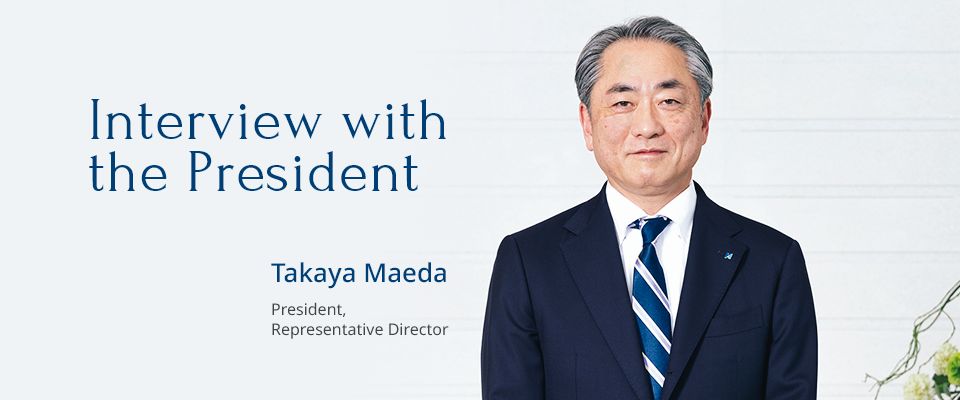

Q1Please describe an overview of Hulic's business.
As of the end of December 2024, Hulic has a leasing portfolio of 245 buildings and properties throughout Japan, mainly office buildings in central Tokyo. Many of our properties are located within a three-minute walk from stations in Tokyo central 5 wards. This location advantage allows us to enjoy low vacancy rates of below 1%.
We have achieved consecutive profit growth mainly through reconstruction of old properties and asset management business. We own several bank branch buildings as core assets due to our historical relationship with Mizuho Financial Group. Recently, we have been adding other types of assets such as tourist hotels and luxury ryokans (Japanese-style inns), commercial facilities, data centers, children’s education facilities, etc. in line with the nation's demographic shifts and changing market needs.
Q2Since IPO of the Tokyo Stock Exchange in 2008, Hulic has achieved continuous growth in profits and dividends.
How has this been achieved?
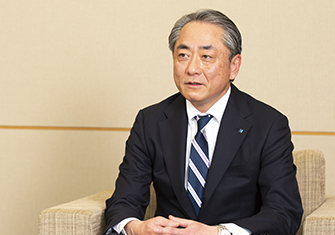
We set medium- and long-term profit growth as a top priority management goal among various performance measures, and we have continued to post record high profit levels. By anticipating the nation’s demographic shifts and pursuing a strategy of “selection and focus” in deploying our operating resources, we are building a solid business base that can withstand fluctuations in the economy. We also place importance on shareholder returns through stable dividend payments. As part of our medium-term management plan (2025-2027), we have announced a payout ratio target of 40% or higher.
Q3Is it true that building size matters?
In our portfolio, we will continue to focus operating resources on mid-size buildings. We believe that the demand for large-scale buildings will not be as strong as that for mid-size buildings, given that many of Japan's large listed companies already have their own real estate as their offices, and a number of giant multinationals are moving to Singapore and Hong Kong due to Japan's high corporate taxes and lack of English communication culture. 99% of companies in Japan belong to the small and medium-sized category, and such companies are our potential target tenants. Through the strategy of prioritizing locations with mid-sized facilities within a three-minute walk from a station in Tokyo's central 5 wards, we aim to maintain our unbeatably low vacancy rate.
Q4In recent days, interest rates are rising worldwide. How do you see the real estate market in Japan?
I feel that the demand for real estate in prime locations in central Tokyo has increased sharply due to the influx of people into Tokyo, while the other area has responded modestly and the gap between the two has widened significantly. The appetite for properties in central Tokyo will remain strong, while suburban and regional cities will remain largely unchanged. As we invest and develop mainly in strictly selected locations and within a 3-minute walk of the station, rents per square meter will be sustainable and vacancy rates will be controlled at less than 1%.
Q5Hulic has acquired Nippon View Hotel in 2019, as well as Riso Kyoiku and Raysum in 2024. Do you plan to continue M&A as a growth strategy going forward?
While M&A offers significant economies of scale in a short period of time, it also means taking on a package of unattractive assets. Whether this challenge can be successfully managed post-merger and contribute to growth will be a key factor in such decisions. In the current medium-term management plan (2025-2027), we are building a new earnings foundation for the “next 10 years” of our company and aiming to expand earnings on a consolidated basis. We will continue to actively utilize M&A, capital and business alliances, etc. in areas where synergies with our company can be expected.
Q6Hulic gained attention in the real estate market, especially for noteworthy property acquisitions such as KIOXIA Yokkaichi Plant (Land) and LOGISTEED’s four key logistics centers* in 2024, etc.
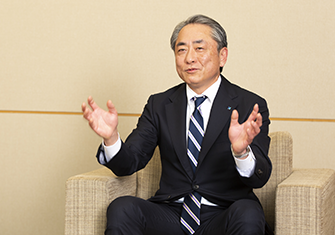
In these days, we are expanding the Corporate Real Estate (CRE) business. We receive various requests from client companies, such as flexible office strategies, the utilization of idle real estate, the creation of cash positions, etc. We provide appropriate CRE strategy, broad solution-based approaches, including schemes such as “sale & leaseback” (Hulic buys corporate real estate and then leases it back to the client) or joint development.
This scheme is economically attractive for sellers to make lump sum cash but it also benefits us greatly in terms of securing core tenants as stable revenue source.
- *Acquired through capital investment to SPC.
Q7For FY2024, Hulic reported a record high ordinary profit of 154.3 billion yen, increased by 16.8 billion yen year over year. Please discuss the future outlook for Hulic's business.
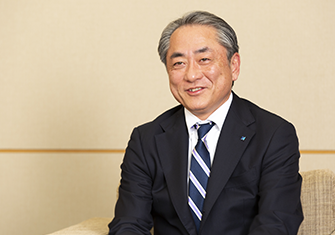
I see ordinary profit as our guiding management target. This is because it is a good indicator of the business soundness, as it considers interest paid on borrowings as well as operating profit, which represents the profit from our core business, but excludes extraordinary items such as sales of investment securities and fixed assets. In 2024, we achieved the ordinary profit target of 150.0 billion yen set in the previous medium-term management plan (final year of 2025) one year ahead of schedule. The current medium-term management plan (2025-2027), formulated based on these results, focuses on portfolio restructuring and efforts to expand earnings on a consolidated basis, with targets of 164.0 billion yen in 2025 and 180.0 billion yen or more in 2027.
Q8In closing, please share your message.
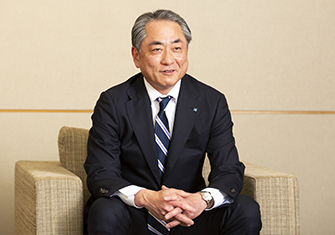
The business environment surrounding our company is changing drastically, with rising construction costs and a return to a world of interest rates. In this environment, we have set a profit target of “ordinary profit of 180.0 billion yen or higher” for 2027, two years ahead of our medium- to long-term management plan (2020-2029), aiming to expand our business base and achieve stable profit growth.
Hulic has grown significantly under the policy of “Driving Innovation and Accelerating Progress”, ensuring excellent balances of “PL Growth” “Profitability” “B/S Soundness” and “Productivity (Efficiency)”. While inheriting the policy, I will value the Company’s culture of “flexible and speedy” in management decision making, then quickly responding to macro environment change for the Company moving up to the next stage.
(30 January, 2025)
